How to propagate mountain ash?

Science knows about 100 species of mountain ash, but only 15 of them are actively cultivated. In order to propagate mountain ash in your personal plot, you can resort to one of the available methods: cuttings, seeds, layering, root suckers and grafting. Each of them has its own characteristics, advantages and disadvantages.
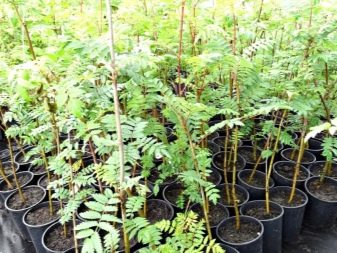
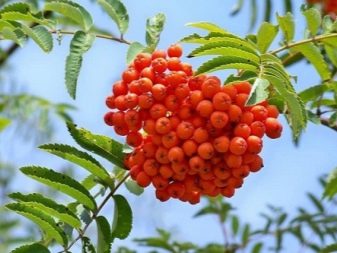
How to propagate rowan by root suckers?
Many young shoots appear around the mountain ash tree every year. If one tree is enough, then it is better to get rid of the young, as it takes away excess nutrition.... But if you need to propagate mountain ash, then young shoots will become one of the simplest and fastest options. In order to apply this method, it is necessary to separate the young shoots as carefully as possible with the help of a spatula. In this case, it is important not to injure both the growth and the roots of the main tree.
Further, the dug out layer must be immediately planted in a new place. A hole is dug in the selected area, the depth of which depends on the size of the young. The optimal depth option is 50-80 cm. The distance between two rowan trees should be less than 5-6 meters. The planting process consists of several sequential steps.
- The tree is placed in the dug hole.
- It is recommended to use a mixture of the following components as a filler: the main part is soil, a little manure and wood ash.
- After planting, the tree should be well watered with water warmed up to room temperature.
If everything has been done correctly and the tree has taken root well, it is necessary to trim the top of the central trunk with a sharp knife or pruner.... The side branches should be left for the winter, they should be cut in the same way in the spring. Reproduction by root suckers is carried out in the summer-autumn period.
The most important rule to follow is that young trees should have time to get stronger a little before the onset of cold weather.
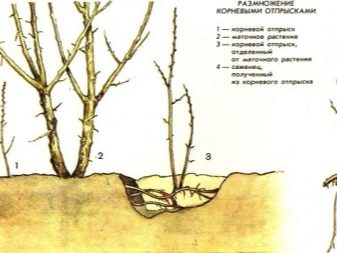
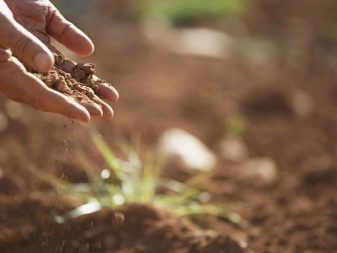
Cuttings
Another method of mountain ash propagation is cuttings. It is also very popular among both experienced and novice gardeners. To begin with, you should understand that in this case, green and lignified shoots can be used for reproduction.... It is logical to cut green shoots at the very beginning of summer in the required quantity - the cuttings should be 10-15 cm in size. It is better to make corner cuts. With straight cuts, they take root much slower. The cuttings must be immersed in a growth stimulant solution, and kept there for at least 5 hours. During this time, a place can be prepared on the personal plot. Dig up the ground by adding river sand.
Now that the place and the cuttings themselves have been prepared, you can proceed to the main process. Plant the cuttings, compact the soil at the base and water well. If the weather is relatively good outside, you can use a greenhouse. It is possible to use the greenhouse space, since in the future the cuttings will still have to be transplanted to the main place. Cuttings can be planted not in open ground, but in containers. It is believed that this way they will give roots much faster. In August, they need to be moved to their permanent location. For the first time, you can build a greenhouse there so that the shoots are as comfortable as possible at night.
After rooting the seedlings, it is recommended to feed. Dissolve 30 grams of ammonium nitrate in 8 liters of water.You need to water every 14 days. If it was decided to propagate the mountain ash with lignified shoots, then they must also be cut at an angle. This should be done in the fall, mainly in the second half of September. Each 15-20 cm segment should be planted on the same day.
After planting, it is recommended to water as needed, and also mulch with peat. In this way, you can cut red and black mountain ash at home.


How can you grow from seeds?
The easiest way to propagate a tree is by seed. You can prepare them yourself: get seeds from the largest and ripe berries, wash well from pulp and juice, dry and place in a jar with moistened river sand... It is better to store it all winter in the lower compartment of the refrigerator. In the spring, they are planted directly in open ground. This can be done in late May or early April, when the weather is stable and warm. It is not recommended to grow through seedlings, because with this method, mountain ash is much more likely to get sick. Seeds are planted in shallow holes, sprinkled with sand, gently watered.
After a while, you can wait for the first shoots. At the initial stage, only watering is required from leaving. After the first shoots appear, they need to be thinned out. The distance between the shoots should be about 3 cm. When they grow a little more, you need to repeat the procedure, leaving the shoots at a distance of 7-10 cm. The plantings require complex care, which includes watering, loosening the soil, and timely removal of weeds. In order to help the young mountain ash to get used to and get stronger, it is recommended to use fertilizers.
The best option is liquid organic fertilizing at the rate of 5 kg of manure per square meter. For the next fall, it is necessary to transplant the seedlings to a permanent place.
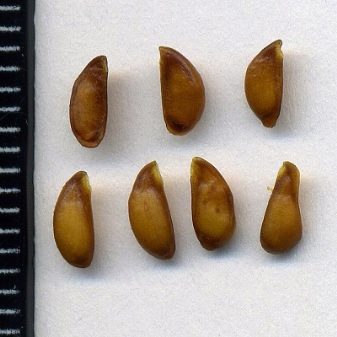
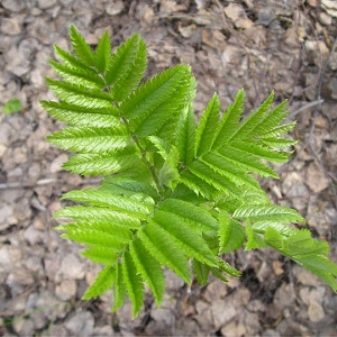
Reproduction by layering
In addition to all of the above methods, mountain ash can be diluted with layering. This is done only with the help of annual shoots. In the spring, it is necessary to tilt the branches and fix them with staples in a pre-prepared groove. Pinch the top of the used branch. From above, the structure is sprinkled with soil.
As soon as young shoots reach 10 cm, it is necessary to cover them with humus.... The same must be done at a time when they grow to 15 cm. It is allowed to separate the layers only after a year, that is, next spring.
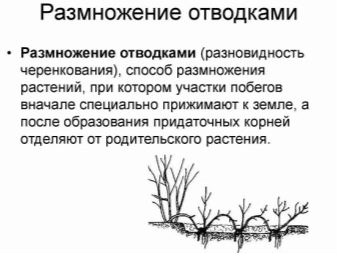
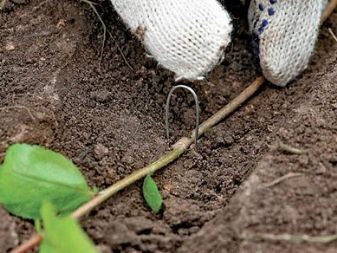
Graft
There are several options for vaccination, but for rowan, split is more suitable than others. In the middle of winter, you need to prepare the stock, namely: cut the shoots, tie them into one bunch and plant them in the ground. In the spring of all, the most active kidney is chosen. An angle cut is made at one end, and a wedge-shaped cut is made at the other. In order to avoid diseases, they are treated with garden pitch.
After pre-processing, it is time for the main process. It is recommended to place the scion in the cleavage made, wrap it with cling film or ordinary polyethylene, and fix it securely. The main thing here is to do everything correctly and consistently. Even the slightest mistake or minor violation of the conditions may well lead to an unsuccessful result. The grafted seedling is recommended to be placed in a greenhouse. The best soil is a peat-sandy substrate. Other soils can also be used, but a positive result is not guaranteed, since they do not have sufficient air exchange. Deepening into the soil up to the junction.
In order for the development of the seedling to move in the right direction, it is recommended to moisten the soil and air. When the elements are firmly fused, all existing shoots can be cut off on the rootstock, and then the grafted tree can be planted in a permanent place.
Each method has its own characteristics. Sowing seeds is considered the easiest. There are virtually no drawbacks here. The main thing is the initial quality of the seed. The most difficult thing is vaccination.It all depends on the correctness of the gardener's actions.




































































The comment was sent successfully.